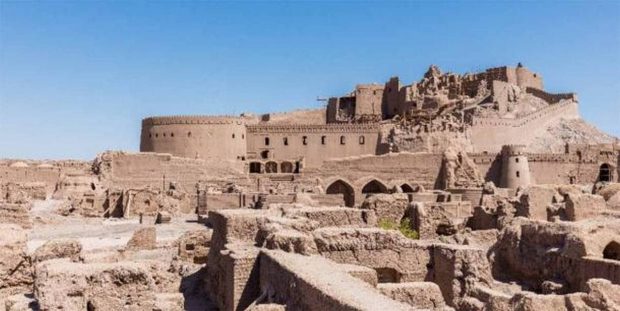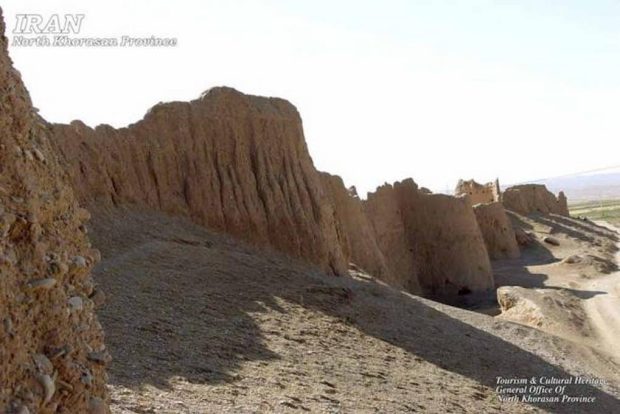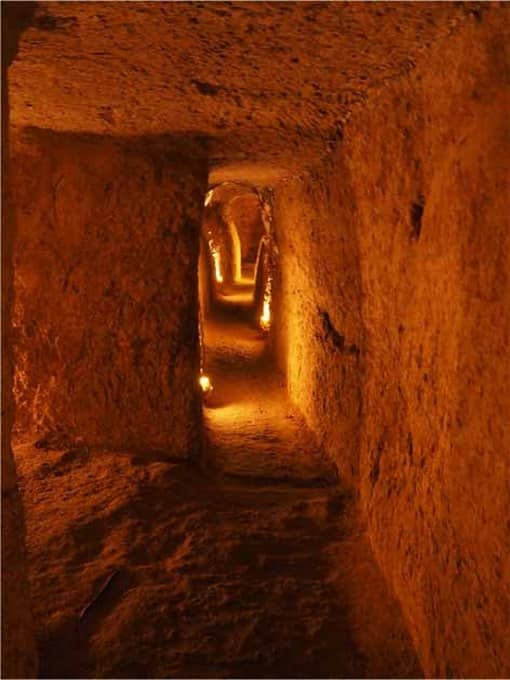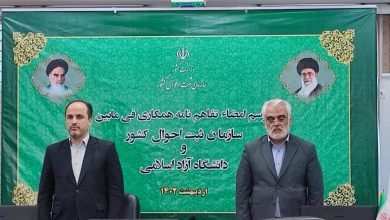A routine road construction project near Esfern has led to the discovery of an extensive network of underground tunnels. Archaeologists consider these underground tunnels to be associated with the nearby Bilqis Nagar fort. The city of Bilqis, with an area of 51 thousand square meters, is the second largest adobe fortress in Iran (after Bam Castle).
Accidental discovery of underground tunnels for the city of Bilqis

Excavations carried out in the hills and the surrounding areas show that the age of Bilqis is at least 6000 years. Archaeologists believe that this area was at its height of prosperity at the end of the Sassanid period and the beginning of the Islamic period until the seventh century AD. This fortress was also active during the reign of Nader Shah Afsar in the 18th century.
Of course, the further development of this area was in the interest of the Sassanid kings. To date, many excavations have been carried out in the city of Bilqis, where houses, irrigation canals, cisterns and porticos with columns have been discovered. Now it’s the turn of the underground tunnels in this important area.

Archaeologists have known about the existence of an underground tunnel in this area since last year. But the cultural heritage organization has restricted any access to it due to protection. Now the road construction workers have reached this precious historical treasure from another level. It is noteworthy that the lengths of the underground tunnels of the city of Belqis reach 18 kilometers and contain water courses and mills.
Also, in these tunnels, pottery vessels dating back to the Seljuk, Ilkhanid and earlier periods were found. Despite this, many mysteries of this region remain untouched and need extensive exploration. Of course, the construction of underground buildings in Iran is not unprecedented. In Isfahan there is an underground city called Noushabad, the depth of which varies from 4 to 18 meters.

The entire underground city dates back to the Sassanid era, and archaeologists believe it was built to escape the summer heat or to protect women, children and the elderly in times of war. A comparison of the Bilqis Nagar Underground Tunnels to Noshabad shows their similar use. Currently, further exploration in the area has been suspended pending government approval.
227227










